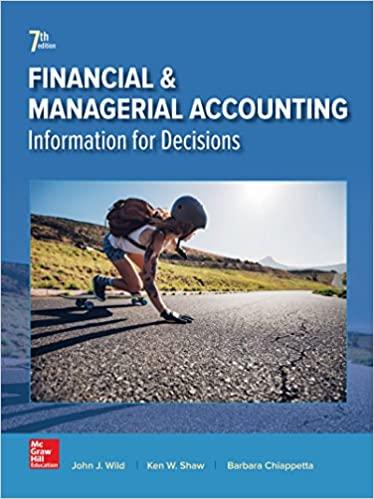Chapter 20 Management Compensation, Business Analysis, and Business Valuation BROOKS PLUMBING PRODUCTS INC. Selected Financial Information For the Years Ended December 31 2022 Industry Average 2022 2021 38.0% 498,657.788 102,667,355 38% $ 18.766,493 $ 2,750,000 $ 35.78 25,689,554 477,491,001 134,765,229 38% $ 15,664,254 $ 1,250,000 $ 22.99 22.763,554 1.40 8.80 13.50 Cost of sales Operating expense Income tax rate Depreciation expense Dividends Year-end stock price Number of outstanding shares Sales multiplier Free cash flow multiplier Earnings multiplier Cost of capital Accounts receivable turnover Inventory turnover Current ratio Quick ratio Cash flow ratio Free cash flow ratio Gross margin percentage Return on assets (net book value) Return on equity Earnings per share 5.2% 5.2% 5.50 8.60 1.90 1.10 1.40 1.10 33.0% 19.0% 28.0% $2.33 Operating expense includes depreciation expense LO 20-4) 20-52 Business Valuation Refer to the information for Brooks Plumbing Products Inc. (BPP) in Problem 20-51. Required (round all calculated answers to the nearest whole dollar) 1. What is the valuation of BPP (for 2022) using the market value method? 2. What is the valuation of BPP (for 2022) using the book value method? 3. What are the valuations of BPP (for 2022) using the multiples-based methods for sales, carnings, and free cash flow? 4. What is the estimated value for BPP using the discounted free cash flow method, assuming that the 2022 amount of free cash flow continues indefinitely? 5. Which of the methods would you use? Why? 6. Is the GSI offer a good one? Why or why not? 7. What would be the effect of sustainability issues, if any, in the acquisition of BPP by GSI and the article by Joel Litman and Mark L. Frigo titled "When Strategy and 20-51 2022 $79,919,778 $56,778,465 $39,665,416 $176,363,659 2021 $3,456,227 $87,294,771 $59,883,645 $150,634,643 Balance Sheet Cash Accounts receivable inventory total current assets Long-lived assets Bross book value net book value replacement cost liquidation value total assets current liabilites Long-term debit shareholders equity total debit and equity $167,278,377 $100,620,809 $170,587,409 $68,734,002 $143,778,377 $95,887,302 $188,465,338 $67,335,209 $507,220,597 $683,584,256 $119,045,766 $31,997,364 $125,941,338 $276,984,468 $495,466,226 $646,100,869 $120,995,274 $37,885,302 S87,641,369 $246,521,945 Income Statement sales cost of sales gross margin operating expenses operating income tax 38% net income 2022 $2,021 $667,534,771.00 $638,776,465.00 $498,657,788.00 $477,491,001.00 $168,876,983.00 $161,285,464.00 $102,667,355.00 $134,765,229.00 $66,209,628.00 $26,520,235.00 $25,159,658.64 $10,077,689.30 $41,049,969.36 $16,442,545.70 cash flow from operations net income depreciation expense accounts receivable and inventory current liability cash flow from operations capital expenditures dividends free cash flow 2022 2021 $41,049,969.36 $16,442,545.70 $18,766,493.00 $15,664,254.00 $50,734,535.00 $1,949,598.00 $112,500,505.36 $32,106,799.70 $23,500,000.00 $12,990,336.00 $2,750,000.00 $1,250,000.00 $86,250,505.36 $17,866,463.70









